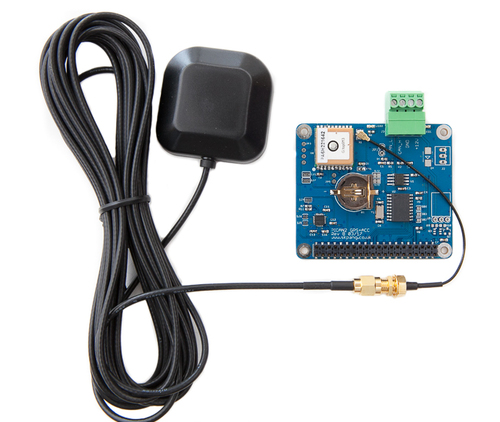Recent Posts
Raspberry Pi Robotics Essentials With Six Degrees Of Freedom (6DoF)
Posted by on
If you are a programmer with interest in building advanced robotics projects using low-priced hardware and open source software, then this book is for you. Some experience with computer programming and implementing simple mechanical systems is expected.
The Raspberry Pi is an economical embedded processor that provides a high-performance Linux development environment.
This book is a fast-paced guide that will show you how to use Raspberry Pi technology to develop a biped robot that can interact with its environment. We start by describing the basics of getting your Raspberry Pi up and running, ready to be mounted on your biped platform.
After this, the book introduces the art of assembling a mechanism for the biped platform. You will then learn to develop a vision system for your robot, as well as a means by which you can control and monitor it. At the end of this book, you will have learned enough to build a complex biped robot that can walk, turn, find its way, and "see" its environment.
- Build a basic biped platform, a servo-based robot that can walk
- Add Six Degrees of Freedom (6DoF) to your robot and make it free to move forward/backward, up/down, and left/right
- Add vision through a webcam so that the biped can "see" the world around it
- Implement path planning so that the biped can move around autonomously
- Add wireless communication so that you can see what the robot is seeing and control the robot from a distance
PiCAN with GPS - Gyro - Accelerometer CAN-Bus Board for Raspberry Pi 3
The PiCAN GPS board provides CAN Bus and GPS capability for the Raspberry Pi. It uses the Microchip MCP2515 CAN controller. CAN connections are made via 4 way screw terminal plugs. The GPS is provided by a 66-channels MTK3339 chipset module. An onboard battery holder exists for a CR1225 cell.
The backup power is for the real time clock and helps reduce startup times. The GPS module has a built-in patch antenna but an external active antenna can also be used via uFL connector.
The MPU-6050 provides six axis gyro and accelerometer with an onboard Digital Motion Processor (DMPTM) capable of processing complex 9-axis MotionFusion algorithms. It does away with the cross-axis alignment problems that can creep up on discrete parts.
 Loading... Please wait...
Loading... Please wait...


